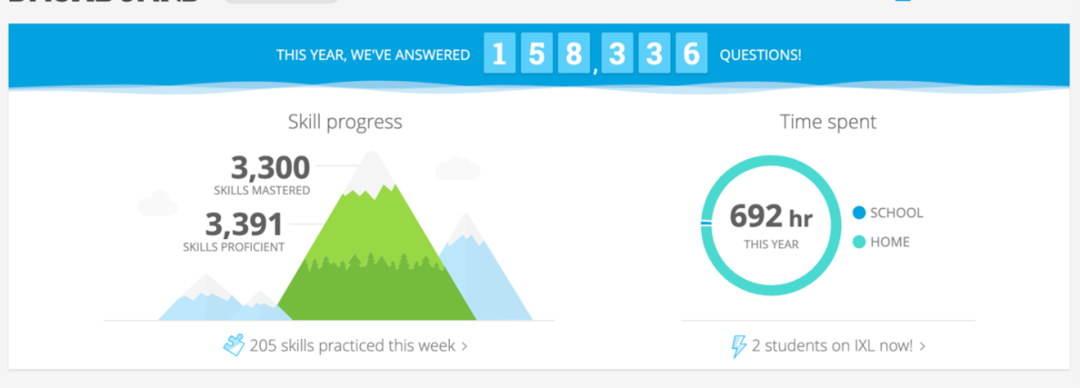We use cookies to improve your online experiences. To learn more and choose your cookies options, please refer to our cookie policy.
Open Days
Register for our Open Day
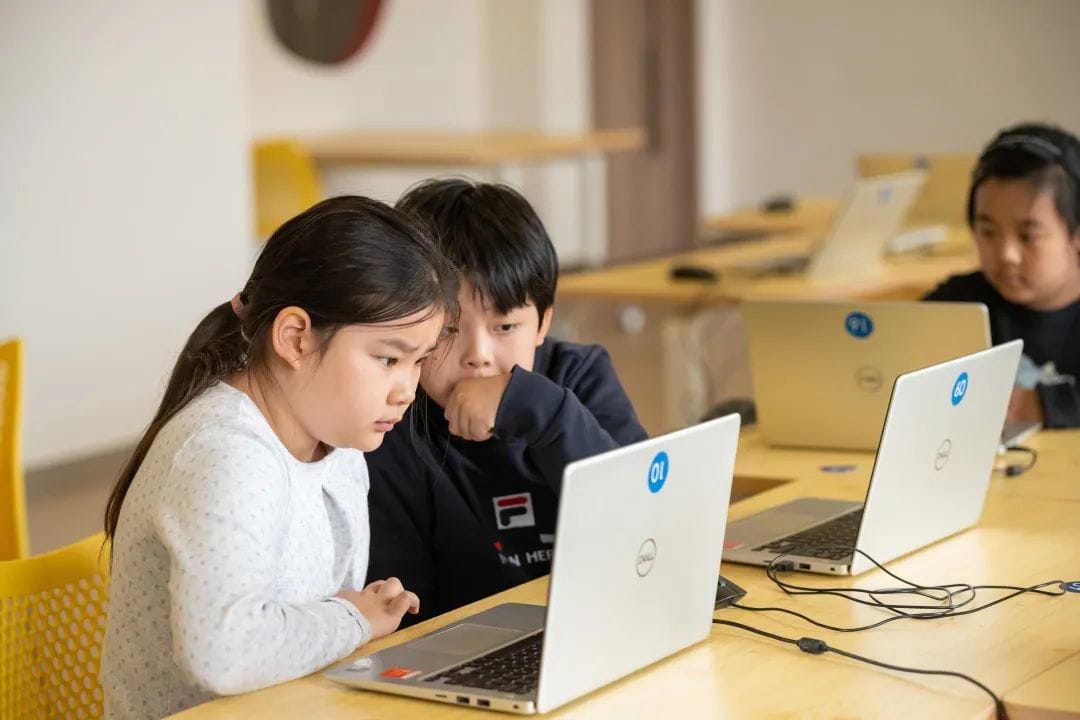
Computer-related classes such as Lego, programming and robotics are highly sought after in the big data generation. Stocking students with the most cutting-edge technology knowledge is what parents expect. At Huamei, STEAM includes the five major subjects of science, technology, engineering, art and math. The robotics and programming programs in elementary schools have been incorporated into the regular school curriculum since this school year. In this article, we will take you through the STEAM curriculum and how it can help students win in the future!
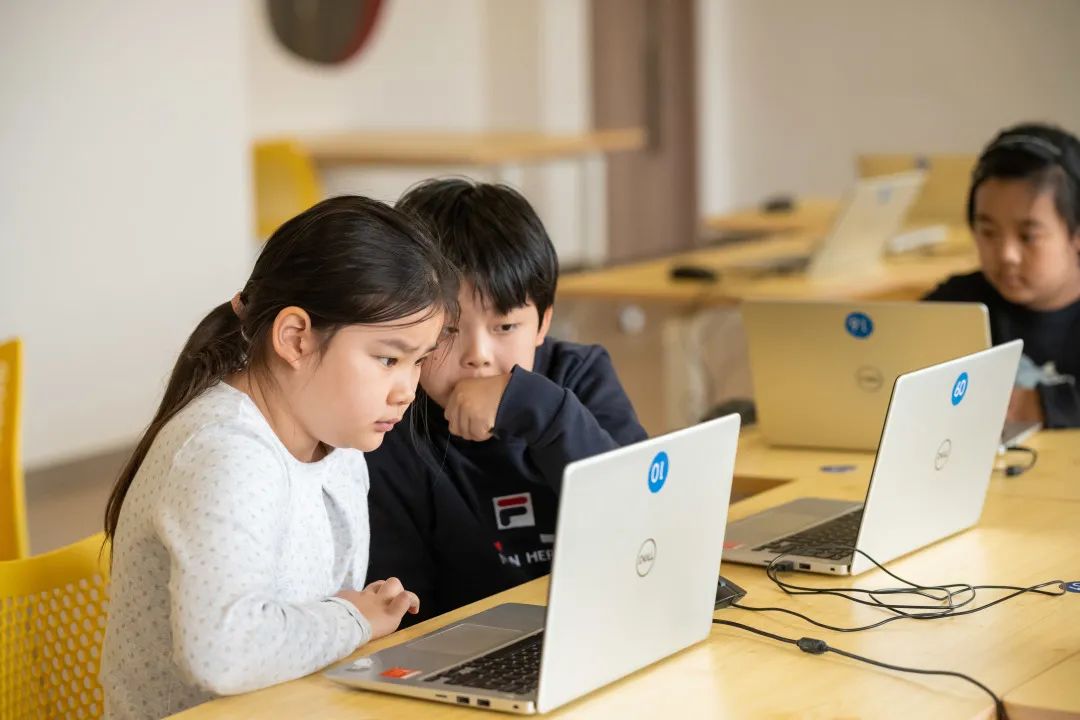
For every student in the Elementary School, the new programming curriculum is structured to engage students in building skills, brainstorming, critical thinking, and exploration -based problem solving.
Our fun and "exploration-based" approach ensures maximum engagement for students, as they learn real-world robotics and programming skills.
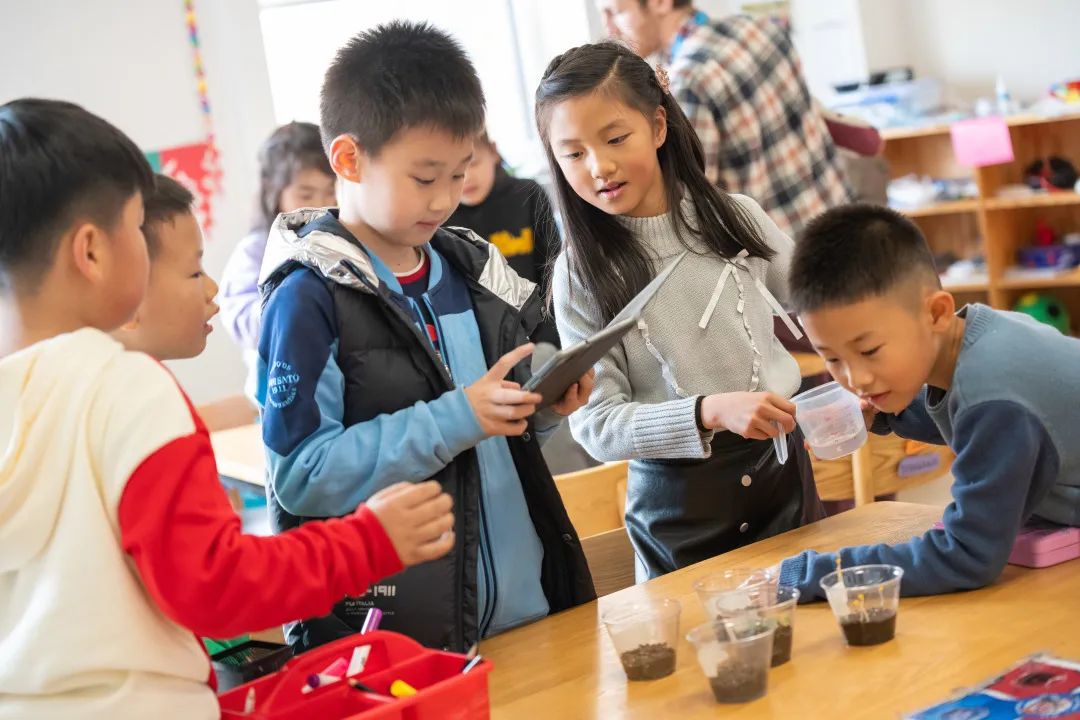
In grades 3 and 5 Students will are assigned a challenge to use their imagination, creativity and problem-solving skills to build the ultimate robot, creature or machine that will solve a unique task or perform a specific function. Students use the WeDo robots to explore the fast-paced world of robotics and programing. Students work cooperatively in small groups to build, modify, and program a robot to move autonomously (with minimal human intervention) while also learning to navigate social learning situations and solve a problem that is anchored in the real world.
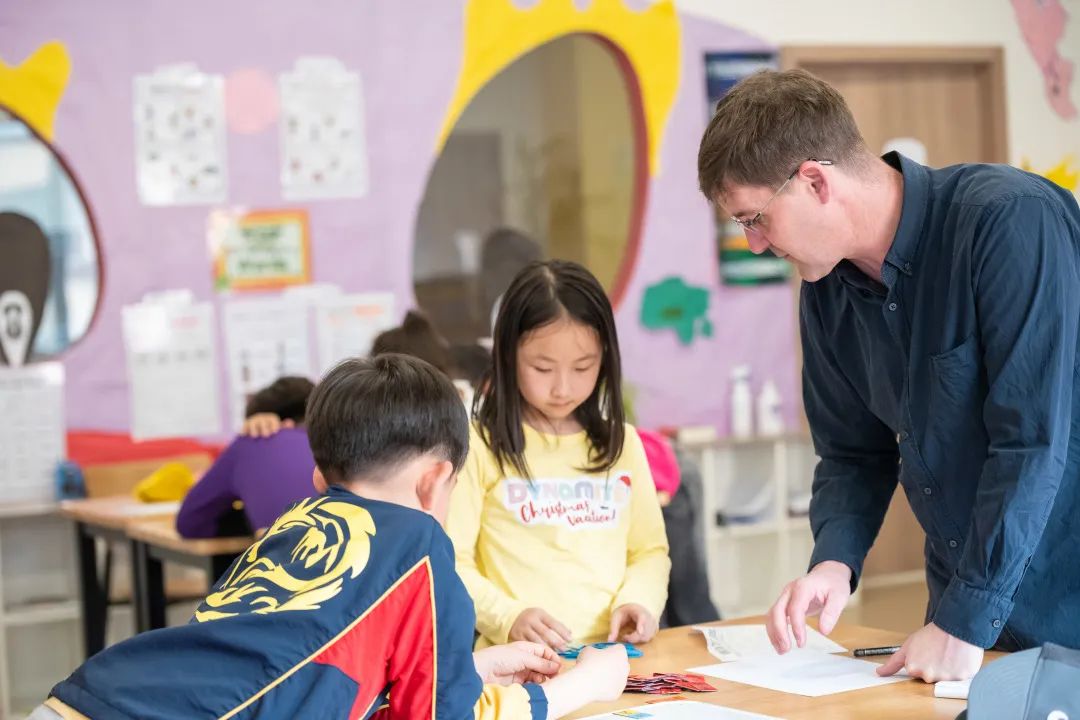
All kids 1-6 will do some programing with the hour of code program throughout the year.
Meanwhile, we also provide our students the IXL system. IXL provides class and individual reports with item analysis, usage, and trouble spots that allow teachers to get the specific information they need to differentiate instruction for our students. Students engage with interactive questions that adapt to their level of understanding and learn from their mistakes with specific explanations after every missed question. With a carefully scaffolded curriculum of over 5,000 skills, every student has the support they need to grow.
